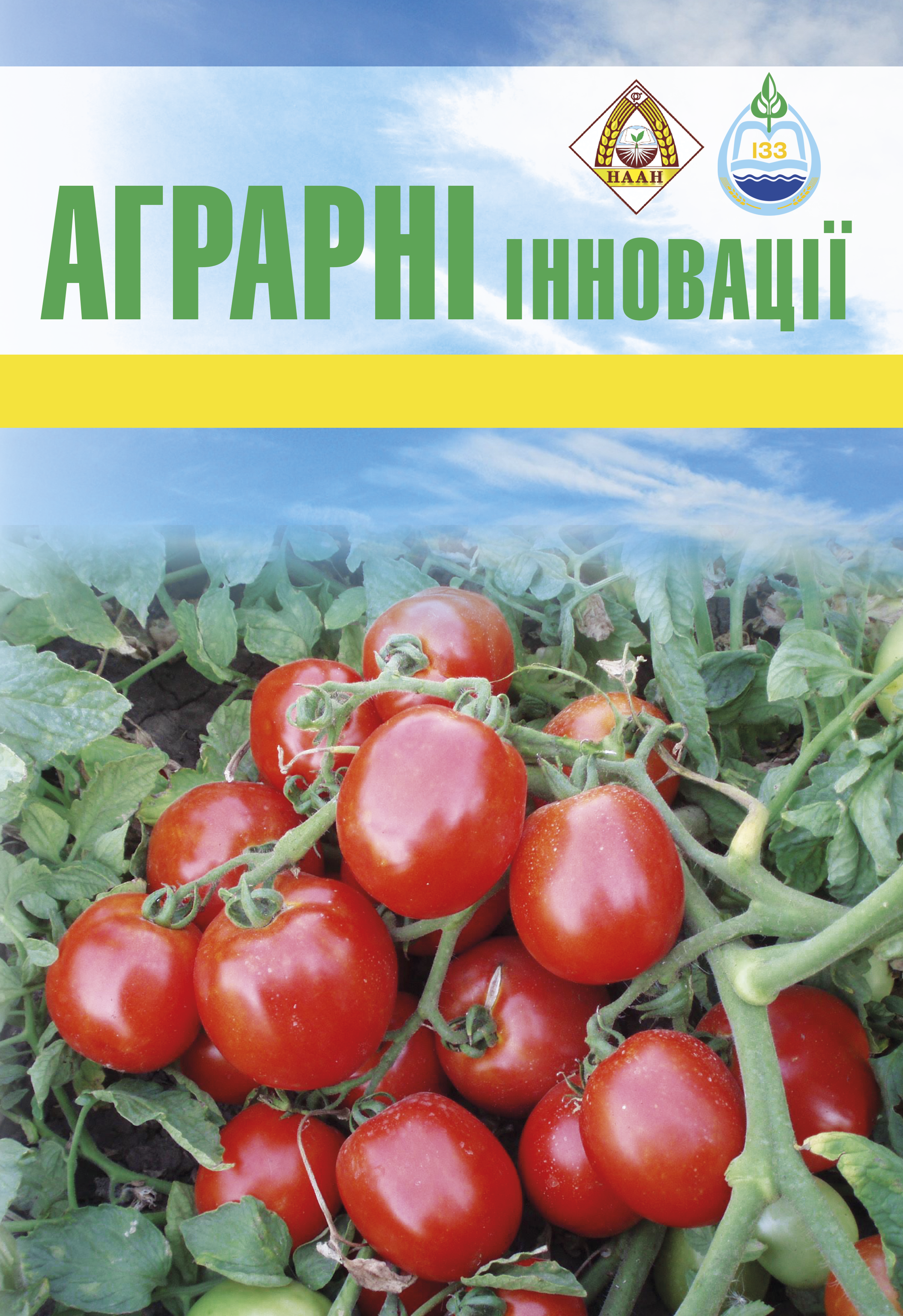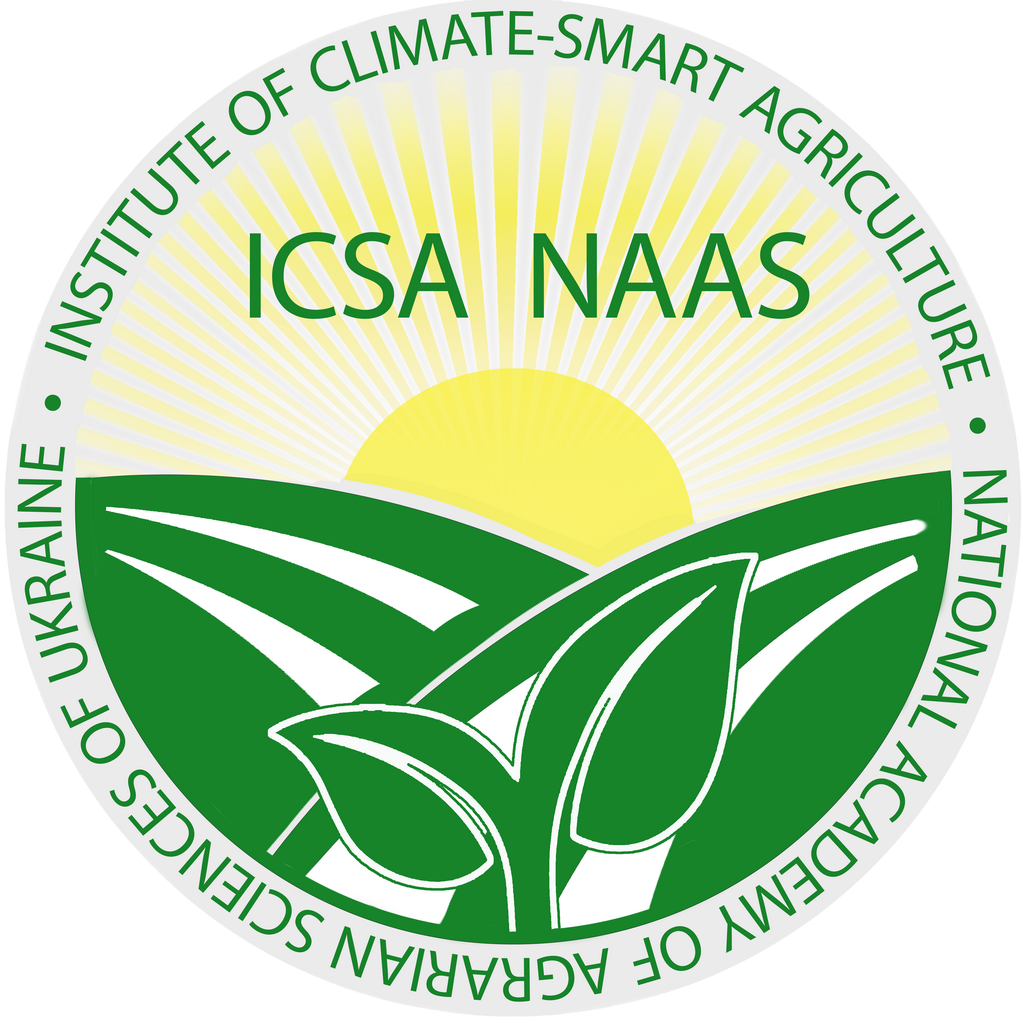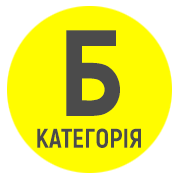The effectiveness of modern insecticides in the system of protection of sunflower crops from cotton bollworm (Helicoverpa armigera Hb) in the conditions of the Rooster of Ukraine
Abstract
The purpose of the work is to investigate the effectiveness of modern insecticides against the cotton bollworm (Helicoverpa armigera Hb) on the sunflower hybrid P64LC108 in the conditions of the Odessa region. Methods. The methodological basis of this study is: empirical (field experiments and observations; measurement of indicators of the object of study; comparison of the impact of elements of agricultural technologies), theoretical (proposing a hypothesis and forming conclusions based on research results; statistical; mathematical. Results. The average number of cotton bollworms on sunflower crops for two years of the study before treatment with the preparations was on average 1.0–1.5 individuals/plant. Already 2 days after treatment of the crops, the number of pests significantly decreased and was on average 0.5 individuals/ plant in the variant with the rate of application of the studied insecticide 0.3 l/ha, 0.3 individuals/plant in the variant with the rate of application of 0.4 l/ha and 0.4 individuals/plant in the variant with the rate of application of 0.5 l/ha. The effect of the reference preparations on pests was similar, the number of pests was on average 0.4‒0.5 individuals/plant, while in the control variant – 0.9 individuals/plant. The total number of cotton bollworms in the experimental plots ranged on average from 20.0 to 29.3 individuals. 2 days after crop treatment, the number of pests significantly decreased in the 2nd variant of the experiment at a consumption rate of the studied preparation of 0.4 l/ha compared to the 1st variant with a consumption rate of 0.3 l/ha. The number of pests under the influence of the studied insecticide ranged on average from 5.8 to 9.5 individuals, and under the influence of reference preparations was on average 7.3–9.0 individuals. The biological efficiency of the studied insecticide Radiant, KS 2 days after crop treatment was 63.7% at a consumption rate of 0.3 l/ha, 67.0% and 66.8% at the rates of application of 0.4 l/ha and 0.5 l/ha, respectively. Conclusions. In 2022–2023, an increase in the dynamics of the number of cotton bollworms in sunflower crops was noted. The studied insecticide Radiant KS showed high biological effectiveness against the cotton bollworm, common in sunflower crops at a consumption rate of 0.3–0.5 l/ha during the growing season of the crop. The effectiveness of the studied insecticide Radiant KS at consumption rates of 0.3–0.5 l/ha at the end of the observation period exceeded the effectiveness of the reference preparations Koragen 20 KS, Ampligo 150 ZC, FC and Belt 480 KS, at a consumption rate of the insecticide Radiant, KS of 0.4–0.5 l/ha, the effectiveness against the cotton bollworm was 100%. The highest yield of the sunflower hybrid P64LC108 (Pioneer company) was obtained at the level of 3.81 t/ha in the variant with the application of the drug Radiant, KS at a consumption rate of 0.5 l/ha.
References
2. Клечковський Ю. Е., Глушкова С. О., Могилюк Н. Т., Ігнатьєва О. В. Шкідливість популяції бавовникової совки та мікробіоконтроль її чисельності на посівах томатів. Агробіологія. 2017. № 1. С. 141–146.
3. Доля М. М., Фокін А. В., Варченко Т. П., Мороз С. Ю. Трофічні зв’язки бавовникової совки за сучасних технологій вирощування соняшнику та кукурудзи в Лісостепу України. Наукові доповіді Національного університету біоресурсів і природокористування України. 2018. № 5(75).
4. Westbrook J. K., Lopez J. D. Long-distance migration in Helicoverpa zeawhat we know and need to know. Southwestern Entomologist. 2010. Vol. 35. Р. 355–360. https://doi.org/10.3958/059.035.0315.
5. Bragard C., Dehnen-Schmutz K., Di Serio F., Gonthier P., Jacques M., Jaques Miret J. A., Justesen A. F., Magnusson C. S., Milonas P., Navas-Cortes J. A., Parnell S., Potting R., Reignault P. L., Thulke H., Van der Werf W., Civera A. V., Yuen J., Zappalà L., Czwienczek E., Streissl F., MacLeod A. Pest categorisation of Helicoverpa zea. EFSA Journal. 2020. Vol. 18(7). https://doi.org/10.2903/j.efsa.2020.6177.
6. Jallow M. F. A., Matsumura M. Influence of temperature on the rate of evelopment of Helicoverpa armigera (Hübner) (Lepidoptera: Noctuidae). Appl. Entomol. Zool. 2001. Vol. 36(4). P. 427–430.
7. Brisco B., Brown R.J., Hirose T., McNairn H., Staenz K. Precision agriculture and the role of remote sensing: a review. Canadian Journal of Remote Sensing. 1998. Vol. 24. P. 315–327.
8. Peña-Barragan J.M., Lopez-Granados F., Jurado-Exposito M., García-Torres L. Sunflower yield related to multimodal aereal photography, land eleven and weed infection. Precision Agriculture. 2010. Vol. 11. P. 568–585.
9. Agüera F., Fabio Carvajal, Pérez M. Measuring sunflower nitrogen status from an unmanned aerial vehicle-based system and an on the ground device. Internodal Archives of the Photogrammetry, Remote Sensing and Spal Informant Sciences, Vol. XXXVIII-1/C22, 2011ISPRS Zurich 2011 Workshop, 14–16
September 2011, Zurich, Switzerland. http://dx.doi.org/10.5194/isprsarchives-XXXVIII-1-C22-33-2011.
10. Трибель С. О., Сігарьова Д. Д., Секун М. П., Іващенко О. О. Методика випробування і застосування пестицидів. Київ, Світ. 2001. 448 с.






